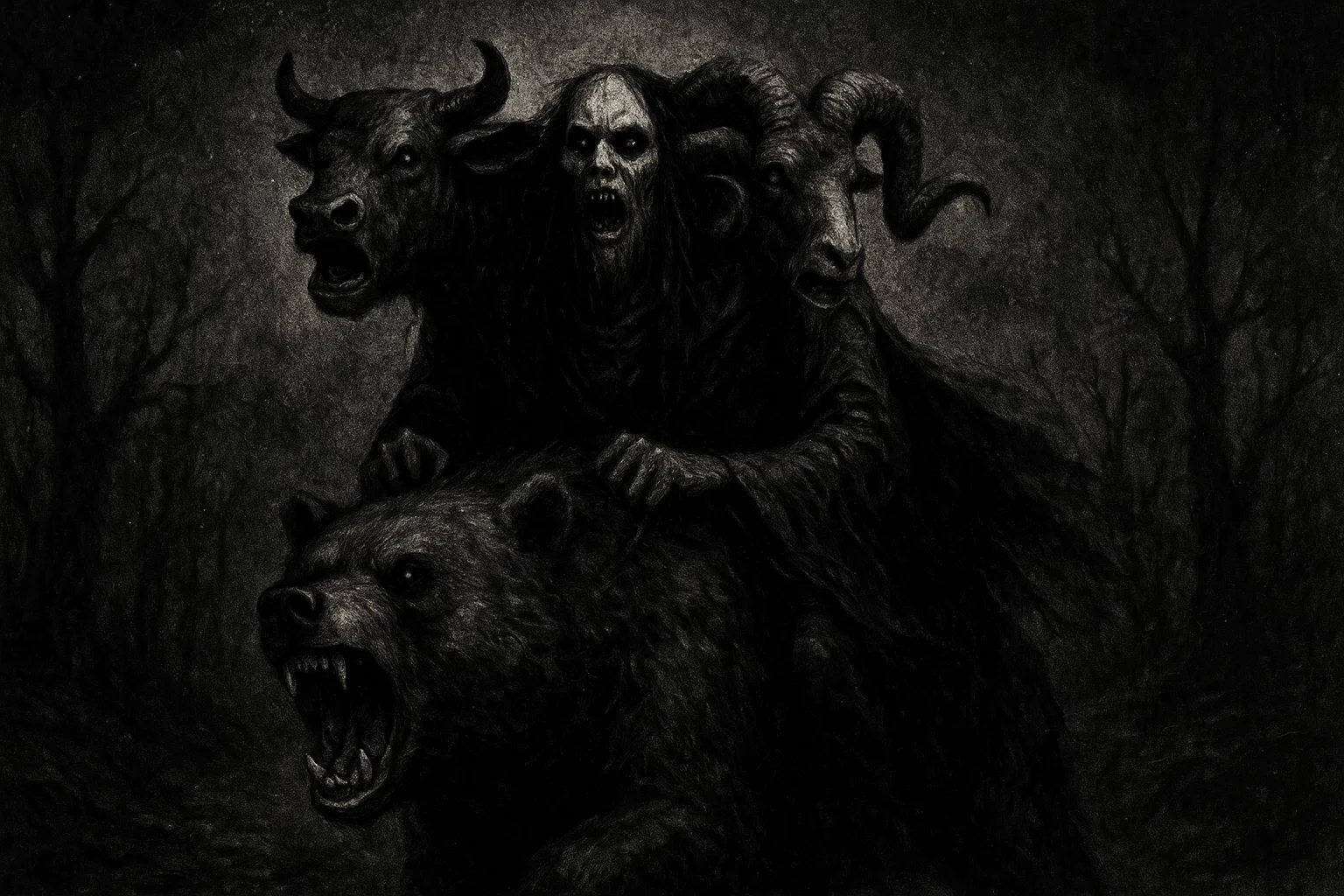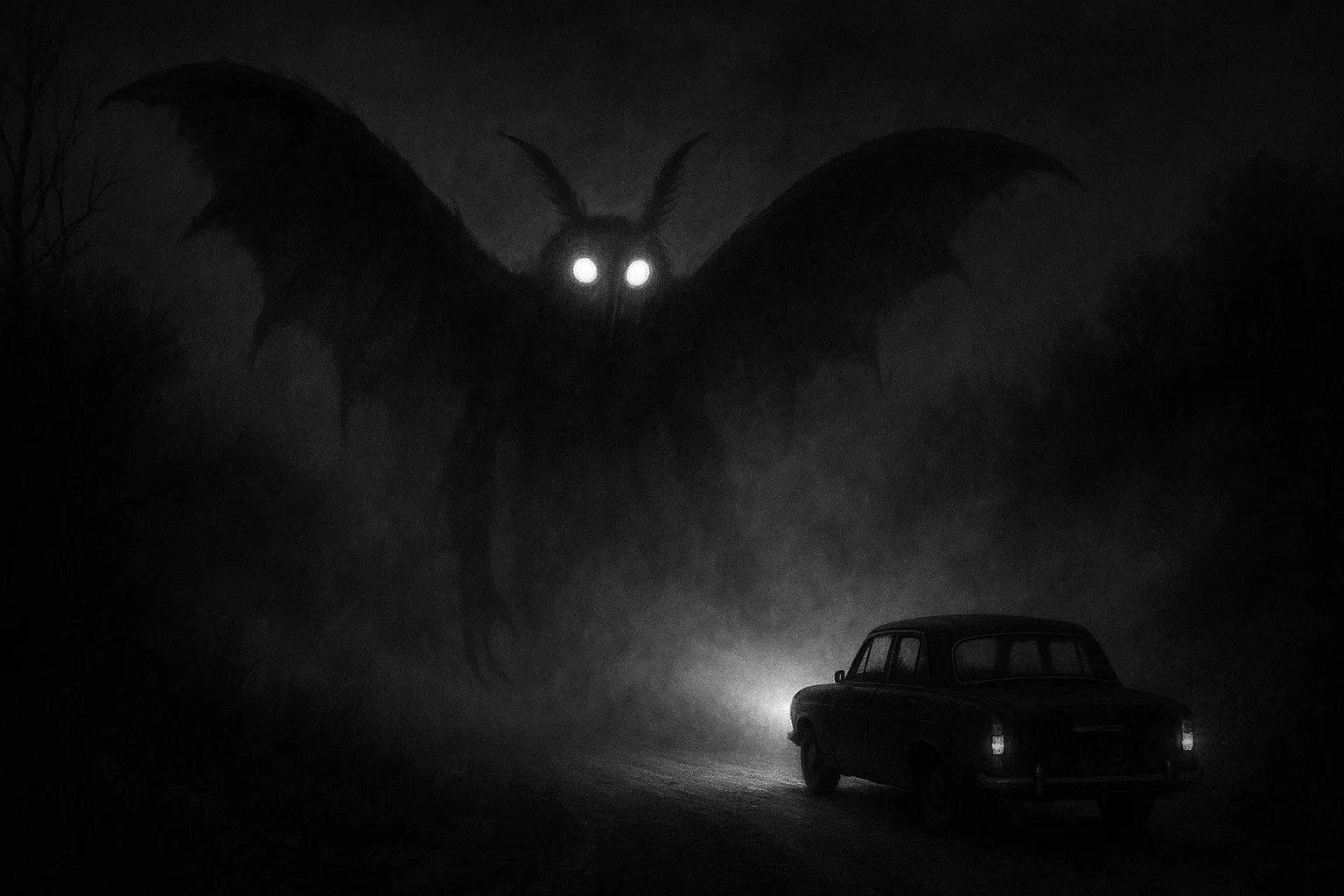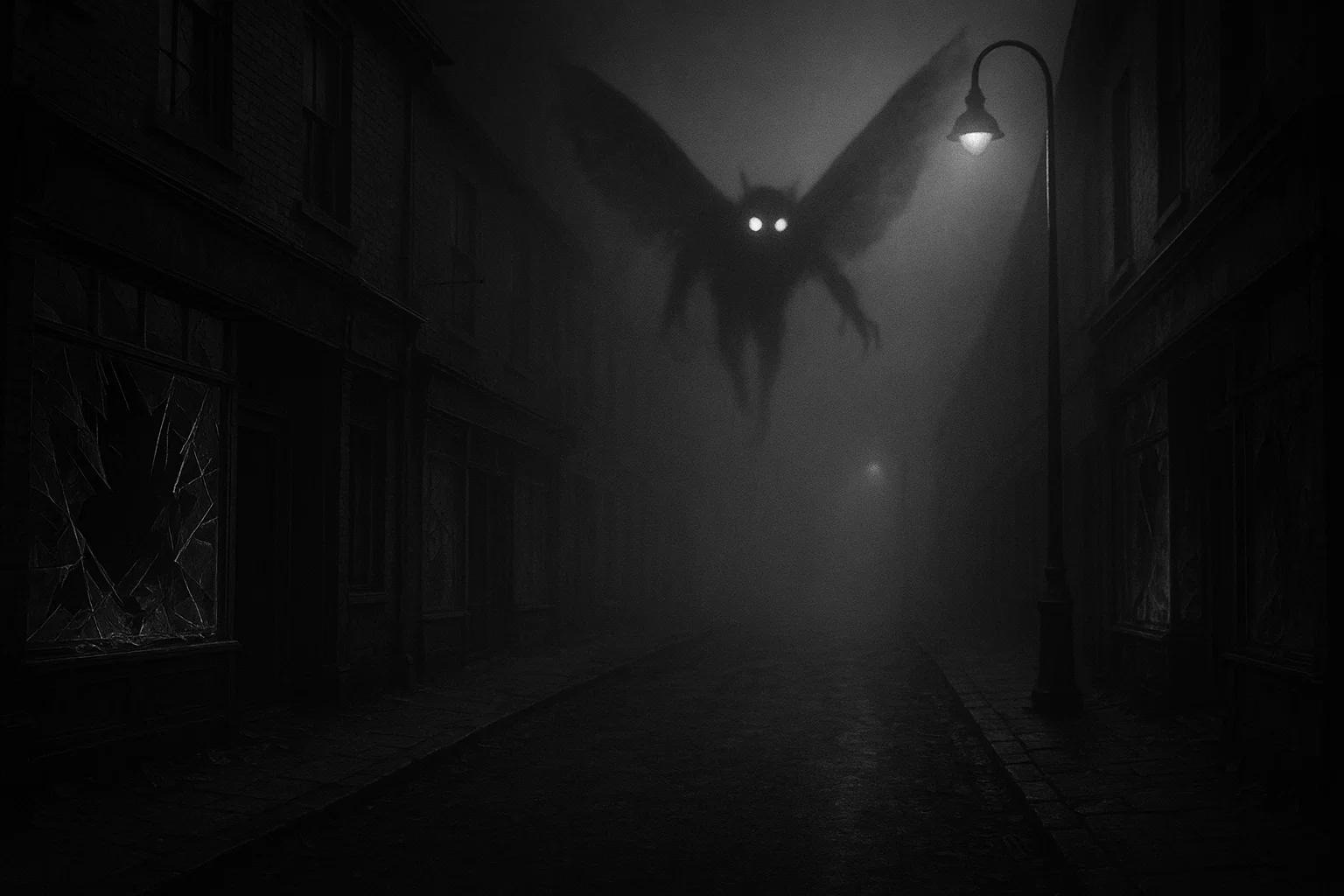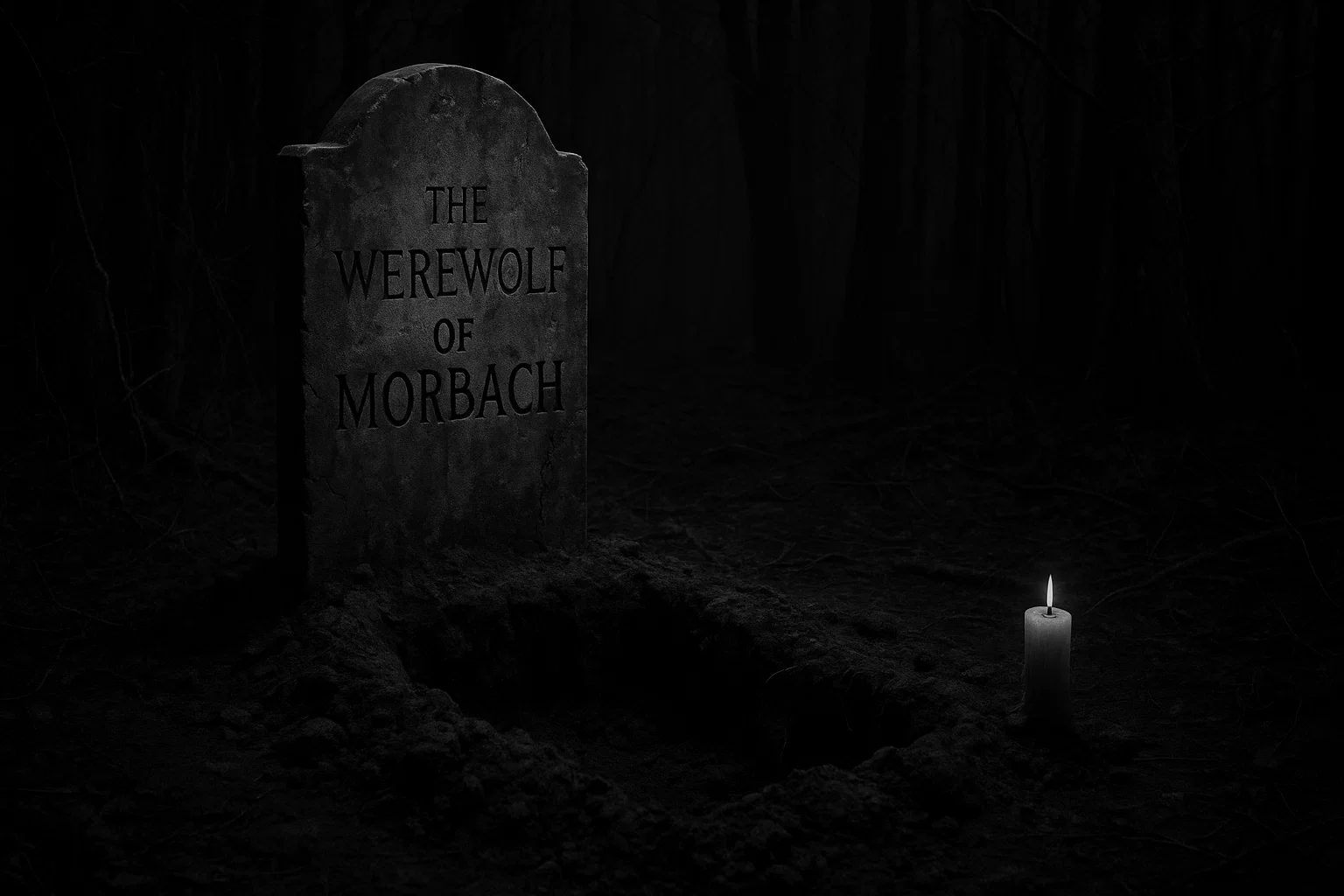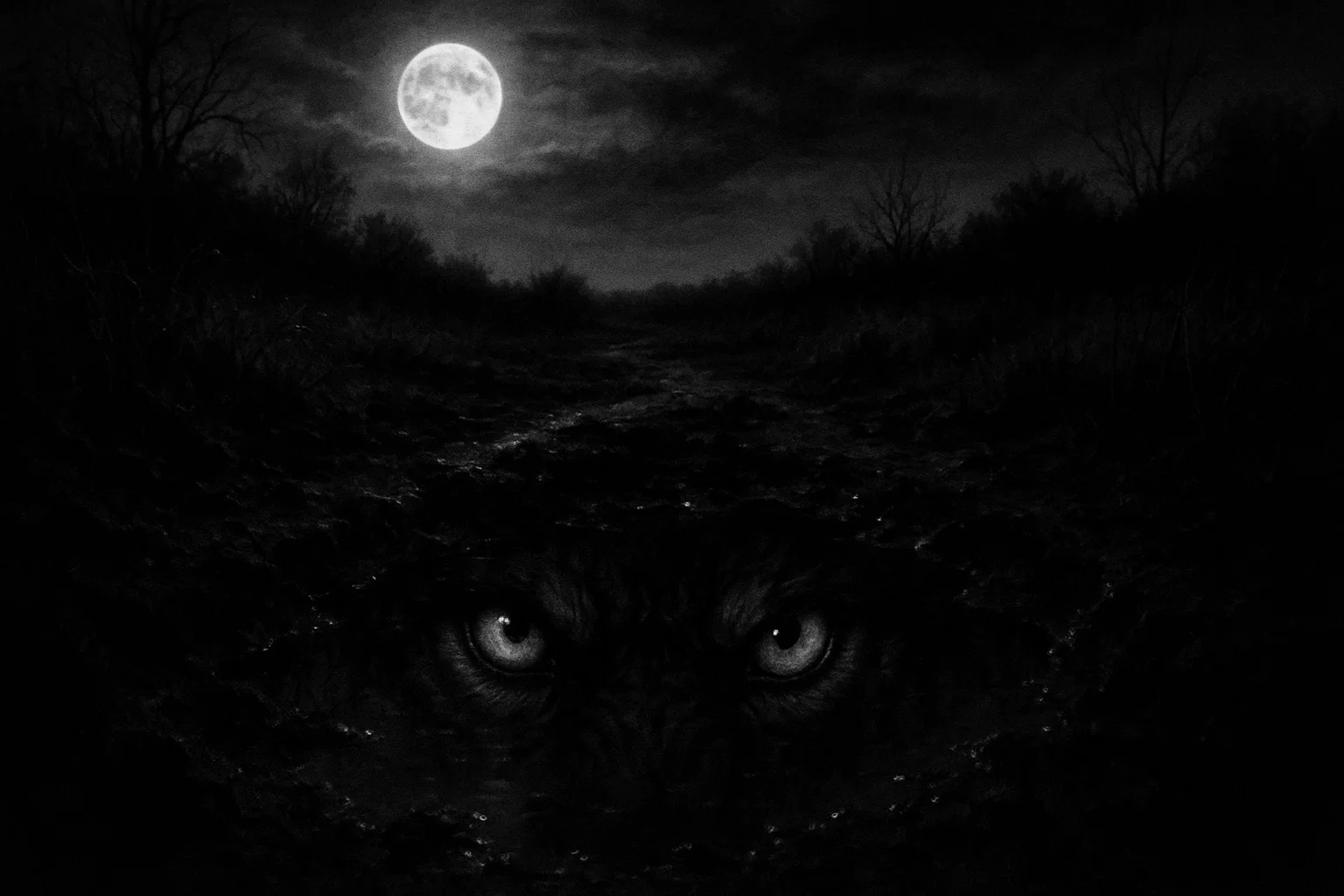In the arcane depths of demonology, Balam, also known as Balaam, reigns as a formidable Great King of Hell, the 51st spirit in the Ars Goetia of The Lesser Key of Solomon.
Commanding 40 legions of demons, Balam is a figure of awe and dread, his three heads—a bull, a man, and a ram—symbolizing a trinity of power, intellect, and leadership.
His flaming eyes pierce through time, offering true answers about the past, present, and future, while his ability to grant invisibility and wit makes him a coveted ally for those seeking stealth or cleverness. Yet, his name echoes the biblical prophet Balaam, raising questions about whether this demon embodies a corrupted legacy of prophecy or a distinct infernal entity.
What truths does Balam unveil? What dangers lurk in his hoarse whispers? This article delves into Balam’s origins, powers, and place in the hierarchy of hell, offering a comprehensive guide to one of demonology’s most enigmatic kings.
Table of Contents
Key Information
| Attribute | Description |
|---|---|
| Name | Balam (Balaam, Ballam) |
| Title | Great King, Terrible and Powerful King |
| Element | Fire |
| Direction | West (speculative, based on infernal hierarchy associations) |
| Hierarchy | 51st spirit in Ars Goetia, subordinate to higher kings like Lucifer or Paimon |
| Servitors | Commands 40 legions of demons |
| Powers | Provides true answers about past, present, and future; grants invisibility; enhances wit and cleverness |
| Appearance | Three heads (bull, man, ram), serpent’s tail, flaming eyes; rides a furious bear; carries a goshawk; speaks with a hoarse voice |
| Etymology | Likely from Hebrew Balaam (“not of the people,” “devourer”); possibly linked to Semitic bal (lord) or Akkadian balamu (to shine) |
| Associated Figures | Biblical prophet Balaam; possibly linked to Paimon or Asmodeus (fellow kings); opposed by angel Seheiah |
| Role | Master of divination, concealment, and intellectual enhancement |
| Symbolism | Three heads (strength, intellect, leadership), serpent (wisdom/deceit), bear (ferocity), goshawk (vision) |
| Weaknesses | Controlled via sigil and divine names; countered by angel Seheiah |
Etymology
Where does the name Balam come from? The name Balam, often spelled Balaam in grimoires, is steeped in linguistic and cultural complexity, likely drawing from the Hebrew name of the biblical prophet Balaam (בִּלְעָם), featured in Numbers 22–24.
In Hebrew, Balaam is interpreted as “not of the people” (bal, meaning “not,” and am, meaning “people”) or “foreigner,” reflecting the prophet’s outsider status among the Israelites.
Alternatively, some sources suggest it means “devourer” or “destroyer,” derived from bala (to swallow or consume), which aligns with Balam’s fearsome demonic persona.
This etymology suggests a deliberate link to the biblical figure, whose prophetic abilities—divining God’s will—may have inspired Balam’s power to reveal past and future truths. However, the connection is debated, as demonological names often adapt mythological figures without direct equivalence.
Beyond biblical roots, Balam may derive from Semitic bal (lord or master), a common prefix in Canaanite and Akkadian languages, as seen in deities like Baal.
This could position Balam as a “lordly” figure, consistent with his title as a Great King. Another speculative origin is the Akkadian balamu (to shine or be radiant), resonating with Balam’s flaming eyes and fiery element, symbolizing insight or destruction. Variant spellings—Ballam, Balaam—appear in texts like Pseudomonarchia Daemonum, reflecting linguistic adaptations across Latin and European traditions.
In Kabbalistic lore, the name’s letters (bet, lamed, ayin, mem) may encode esoteric meanings: bet for dominion, lamed for teaching, ayin for vision, and mem for mystery.
This multifaceted etymology underscores Balam’s role as a demon of knowledge and deception, bridging biblical prophecy with infernal authority.
Historical and Mythological Background
Balam’s origins in demonology are primarily rooted in medieval and Renaissance occult traditions, with his earliest documented appearance in Pseudomonarchia Daemonum (1577) by Johann Weyer, a precursor to The Lesser Key of Solomon (17th century).
As the 51st spirit in the Ars Goetia, Balam is a Great King, a rank denoting significant power within the infernal hierarchy.
Unlike demons like Bael or Asmodeus, who draw from ancient deities, Balam lacks a clear pre-Christian mythological counterpart, making his connection to the biblical prophet Balaam a focal point of speculation.
In Numbers 22–24, Balaam is a non-Israelite prophet hired by King Balak to curse the Israelites, but divine intervention compels him to bless them instead.
His ability to commune with God and foresee events may have inspired Balam’s divinatory powers, though grimoires portray him as a malevolent entity, perverting prophetic gifts for infernal ends.
Balam’s depiction in The Lesser Key of Solomon and Pseudomonarchia Daemonum emphasizes his role as a master of knowledge and concealment, reflecting themes of forbidden wisdom common in Christian demonology.
Some scholars suggest his three-headed form—bull, man, ram—draws from Near Eastern iconography, where multi-headed deities symbolized cosmic authority, though no direct link to a specific god exists.
In Kabbalistic traditions, Balam is associated with the qlipha of Hod (splendor), the dark counterpart to the sephira of intellect and communication, aligning with his powers of wit and divination. His status as a fallen angel, possibly of the order of Dominions, adds a layer of tragic nobility, suggesting he once held divine authority before rebelling with Lucifer.
Balam’s mythological significance is further enriched by his potential ties to other prophetic or oracular figures in ancient traditions, though these are speculative.
For instance, his goshawk and bear may echo shamanic or totemic symbols, where animals represent vision and strength. Unlike Bael, whose Canaanite roots are clear, Balam’s background is more enigmatic, focusing on his role as a demonic scholar rather than a deity.
His prominence in grimoires underscores his importance in occult practices, where summoners sought his aid for strategic or intellectual pursuits, tempered by warnings of his deceptive nature.
Historical Mentions
The table below compiles interesting excerpts from historical texts mentioning Balam, focusing on grimoires and occult sources:
| Source | Author | Year | Excerpt |
|---|---|---|---|
| The Lesser Key of Solomon | Unknown | 17th century | “The Fifty-first Spirit is Balam, or Balaam. He is a Terrible, Great, and Powerful King. He appeareth with three Heads: the first is like that of a Bull; the second like that of a Man; the third like that of a Ram. He hath the Tail of a Serpent, and Flaming Eyes. He rideth upon a furious Bear, and carrieth a Goshawk upon his Fist. He speaketh with a hoarse Voice, giving True Answers of Things Past, Present, and to Come. He maketh men to go Invisible, and also to be Witty. He governeth 40 Legions of Spirits. His Seal is this, etc.” |
| Pseudomonarchia Daemonum | Johann Weyer | 1577 | “Balam is a great and a terrible king, he commeth forth with three heads, the first of a bull, the second of a man, the third of a ram, he hath a serpents taile, and flaming eies, riding upon a furious beare, and carrieng a hawke on his fist, he speaketh with a hoarse voice, answering perfectlie of things present, past, and to come, hee maketh a man invisible and wise, hee governeth fortie legions, and was of the order of dominations.” |
| Dictionnaire Infernal | Jacques Collin de Plancy | 1818 | “Balam, grand et terrible roi des enfers, se montre avec trois têtes, l’une de taureau, l’autre d’homme, la troisième de bélier; il a une queue de serpent et des yeux flamboyants; il est monté sur un ours furieux, et porte un épervier sur son poing. Il parle d’une voix rauque, et donne des réponses véridiques sur le passé, le présent et l’avenir; il rend les hommes invisibles et spirituels. Il commande à quarante légions infernales.” (Translation: “Balam, great and terrible king of hell, appears with three heads, one of a bull, another of a man, the third of a ram; he has a serpent’s tail and flaming eyes; he is mounted on a furious bear and carries a hawk on his fist. He speaks with a hoarse voice and gives truthful answers about the past, present, and future; he makes men invisible and witty. He commands forty infernal legions.”) |
What the Demon Balam Looks Like
Balam’s appearance is a striking blend of majesty and terror, designed to command respect and instill fear.
As described in The Lesser Key of Solomon and Pseudomonarchia Daemonum, he manifests with three heads: a bull, symbolizing raw strength and fertility; a man, representing intellect and reason; and a ram, denoting leadership and aggression.
His serpent’s tail evokes wisdom and deceit, a nod to his cunning nature, while his flaming eyes suggest penetrating insight or a destructive gaze capable of unsettling even the boldest summoner.
Balam rides a furious bear, an emblem of ferocity and untamed power, emphasizing his dominance in the infernal realm. The goshawk perched on his fist symbolizes keen vision and precision, aligning with his divinatory abilities.
His hoarse voice, a recurring trait in grimoires, marks him as an otherworldly entity, its gravelly tone conveying authority and mystery. This multifaceted form underscores Balam’s role as a demon of both knowledge and intimidation, his appearance reflecting the complexity of his powers.
Powers and Abilities
Balam’s powers are uniquely suited to his role as a Great King, blending intellectual enlightenment with strategic concealment. His abilities, drawn from The Lesser Key of Solomon and Pseudomonarchia Daemonum, are both practical and esoteric, making him a valuable yet dangerous ally for occult practitioners.
Below is a detailed exploration of his specific powers:
Divination
Balam provides true answers about events past, present, and future, offering unparalleled insight into hidden truths or forthcoming events. This power mirrors the biblical Balaam’s prophetic abilities, allowing summoners to uncover secrets, predict outcomes, or understand historical contexts.
For example, a conjurer might seek Balam’s guidance to foresee political shifts or resolve mysteries, though his answers may carry subtle deceptions.
Invisibility
Balam grants invisibility, enabling summoners to move undetected physically or metaphorically. This could manifest as literal concealment—evading pursuers—or as social obscurity, allowing one to operate unnoticed in competitive or hostile environments.
The Dictionnaire Infernal suggests this power aids in espionage or strategic maneuvering, reflecting Balam’s tactical acumen.
Enhancing Wit
Balam makes men witty, enhancing their intelligence, cleverness, and rhetorical skill. This ability, noted in Pseudomonarchia Daemonum, equips summoners with the mental agility to navigate complex situations, outwit adversaries, or excel in scholarly pursuits.
Unlike demons who teach specific sciences, Balam’s wit is versatile, applicable to diplomacy, debate, or creative problem-solving.
Role in the Hierarchy of Hell
In the intricate hierarchy of hell outlined in The Lesser Key of Solomon, Balam is a Great King, one of the highest ranks among the 72 spirits of the Ars Goetia.
Commanding 40 legions of demons, each comprising thousands of spirits, he wields significant authority, overseeing a vast network of infernal forces. The demonic hierarchy, modeled on earthly monarchies and angelic orders, places kings like Balam, Bael, and Paimon below supreme rulers such as Lucifer or Beelzebub, with ranks like dukes, presidents, and earls beneath them.
Balam’s position as the 51st spirit belies his power, as his kingly status and legion count rival those of higher-ranked spirits.
Balam likely serves under a higher authority, such as Lucifer or Paimon (another eastern king), though grimoires do not specify his direct superior. His role involves managing his legions to execute infernal tasks, such as tempting mortals or disseminating knowledge.
As a fallen angel of the order of Dominions, noted in Pseudomonarchia Daemonum, Balam once held divine authority over cosmic harmony, which he now perverts to serve hell’s agenda.
In Kabbalistic traditions, he is linked to the qlipha of Hod, representing distorted intellect, aligning with his powers of wit and divination. His western association (speculative, based on infernal directional patterns) ties him to themes of endings and mystery, complementing his divinatory role.
Balam’s authority and intellectual prowess make him a pivotal figure in hell’s operations, a master of secrets and strategies.
Astrological Associations and Symbolism
Balam’s astrological and symbolic associations reflect his fiery nature and multifaceted powers, drawing from his appearance and abilities.
| Aspect | Association |
|---|---|
| Planetary | Mercury (communication, intellect); Mars (aggression, power) |
| Zodiac Sign | Gemini (wit, communication); Aries (leadership, aggression); Taurus (strength) |
| Element | Fire (energy, transformation, destruction) |
| Month | June (speculative, tied to Gemini’s influence) |
| Numbers | 40 (legions); 3 (three heads) |
| Colors | Red (fire, passion); Black (mystery, concealment); Gold (authority, wisdom) |
| Symbols | Three heads (strength, intellect, leadership); serpent (wisdom/deceit); bear (ferocity); goshawk (vision) |
| Animals | Bull (strength); Ram (leadership); Bear (power); Goshawk (precision); Serpent (cunning) |
Planetary and Zodiac Influences
Mercury governs Balam’s wit and divinatory powers, facilitating communication across time.
Mars reflects his aggressive bear mount and fiery eyes, emphasizing power.
Gemini, ruled by Mercury, aligns with his intellectual enhancement, while Aries (Mars) and Taurus (earth) connect to his ram and bull heads, symbolizing leadership and strength. June, under Gemini, may be his peak influence period.
Elemental Symbolism
Fire embodies Balam’s transformative energy, driving his ability to alter perceptions through invisibility and ignite minds with wit. Fire also ties to his flaming eyes, suggesting insight or destruction.
Symbolic Animals and Artifacts
The bull, man, and ram heads represent strength, intellect, and leadership, respectively, forming a trinity of power. The serpent’s tail symbolizes wisdom and deceit, while the bear denotes ferocity and dominance.
The goshawk signifies precision and far-reaching vision, aiding divination. These symbols collectively portray Balam as a multifaceted ruler, balancing brute force with cunning.
Balam Sigil
The sigil of Balam, as depicted in The Lesser Key of Solomon, is a unique geometric symbol used to summon and control him.
Comprising a central cross with radiating lines, curved arcs, and intersecting triangles, it is often enclosed within a double circle for containment. Hebrew letters, possibly encoding Balam’s name or divine names, enhance its potency.
The sigil is crafted on a lamen—a talisman of gold or parchment, reflecting Balam’s fiery and authoritative nature—worn during rituals to ensure obedience.
The central cross may symbolize his dominion over time (past, present, future), while the arcs evoke his serpent-like cunning. Used within a consecrated circle with specific incantations, the sigil channels Balam’s powers, requiring precision to avoid his deception.
Comparison to Other Demons
The table below compares Balam to other demons from The Lesser Key of Solomon, focusing on rank, appearance, powers, legions, and descriptions:
| Demon | Rank | Appearance | Powers | Legions | Brief Description |
|---|---|---|---|---|---|
| Bael | King | Three heads (cat, toad, man), rides pale horse | Invisibility, wisdom, favor | 66 | First king, master of deception |
| Asmodeus | King | Three heads (bull, man, ram), serpent’s tail, rides dragon | Teaches sciences, invisibility, treasures | 72 | Demon of lust and knowledge |
| Paimon | King | Man with woman’s face, riding dromedary | Teaches arts, sciences, grants familiars | 200 | Powerful king of wisdom and loyalty |
| Vassago | Prince | Appears as a griffin | Declares past and future, discovers hidden things | 26 | Demon of divination and discovery |
| Marbas | President | Great lion | Cures diseases, grants wisdom, transforms men | 36 | Healing and transformative demon |
| Amon | Marquis | Wolf with serpent’s tail, vomiting flames | Procures love, reconciles controversies | 40 | Demon of love and reconciliation |
| Barbatos | Earl | Great duke with four kings as standard bearers | Teaches sciences, reveals hidden things | 30 | Demon of knowledge and diplomacy |
| Buer | President | Lion with five goat legs | Teaches philosophy, heals distempers | 50 | Demon of healing and natural philosophy |
Conclusion
Balam, the three-headed Great King of Hell, captivates with his blend of prophetic wisdom and deceptive power. As the 51st spirit of the Ars Goetia, his ability to unveil the past, present, and future, grant invisibility, and enhance wit makes him a formidable ally for those daring to summon him.
Rooted in the biblical legacy of Balaam, Balam’s story reflects the transformation of prophecy into infernal knowledge, tempered by warnings of his cunning. His place in the hierarchy of hell, commanding 40 legions, underscores his authority, while his fiery symbolism and intricate sigil deepen his mystique.
This exploration of Balam’s origins, powers, and role offers a comprehensive guide to understanding one of demonology’s most intriguing figures.

